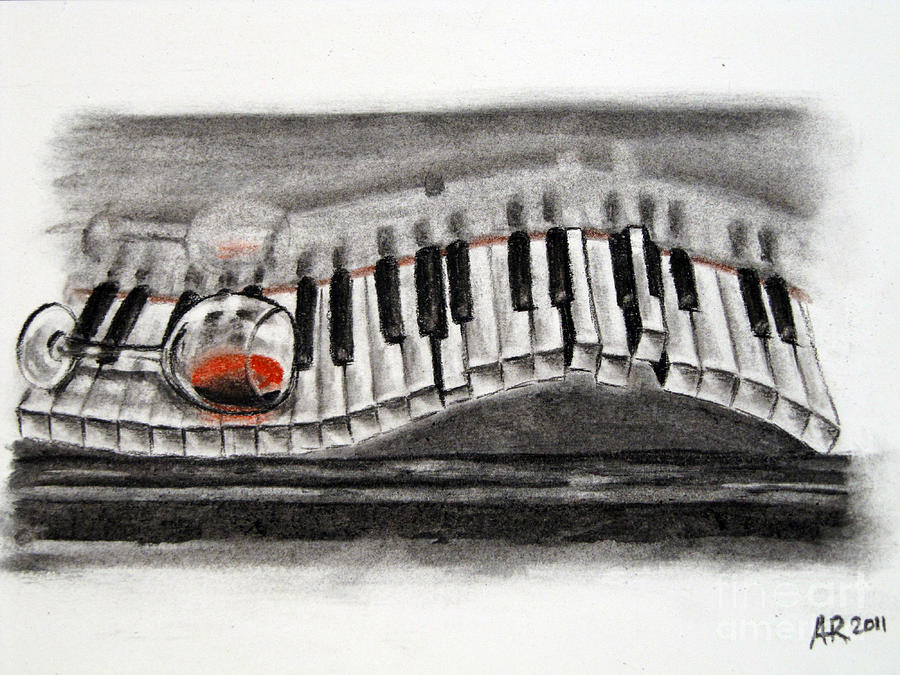
They were also laid flat on the same level and were made out of natural wood. These early keyboard instruments had all 12 notes right next to each other. The earliest keyboard instruments were small pipe organs. To understand why piano keys are black and white, one must first understand the layout of a keyboard. Out of these 12 notes, artists and composers usually choose from patterns of 7 main notes (called scales or modes) to compose their music.įor example, a piece in the key of C will usually only use these 7 notes:Ī piece in the key of A will usually have these notes:Ī B C# D E F# G# A The History of Black and White Keys on the Piano You may be asking “I thought that there were only 7 notes in the musical alphabet!?” That is true, but there are actually technically 12 different notes! The 12 notes are: The black keys are in groupings and help us quickly identify the note names of the white keys. within each group of 12 notes, there are 7 white keys and 5 black keys. A full size piano has 88 keys, but it would be very difficult to find notes without some repeating pattern! Therefore, those 88 keys are divided into repeating groups of 12 notes.

The answer lies in the fact that we needed a way to break apart the piano keyboard into sections so that we can easily play music. The pattern of black and white on the piano keys is immediately recognizable: once you see it, you immediately know that these are piano keys and not anything else. (don’t look at the pic above this post – no cheating!)ĭid you get it right? Remember how there was a similar experiment when people were asked to draw a bicycle and some of these drawings came out hilariously wrong? Chances are that your piano keyboard didn’t come out quite right either, but no worries, we’ll make you understand it once and forever, after explaining all the keys in depth.

Let’s start with a quick funny experiment: take a blank piece of paper and try drawing a piano keyboard without looking at one.


 0 kommentar(er)
0 kommentar(er)
